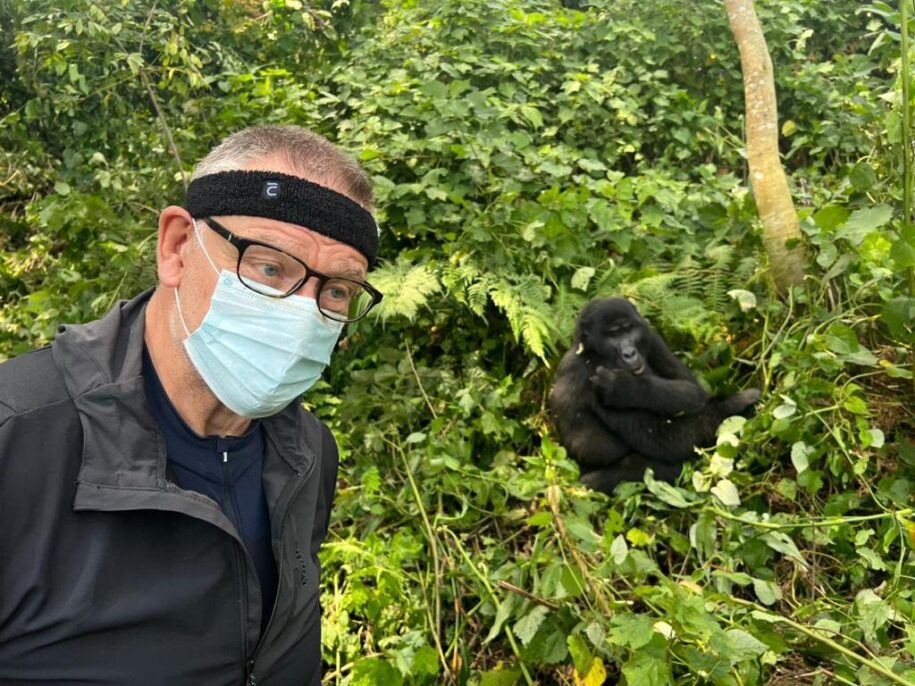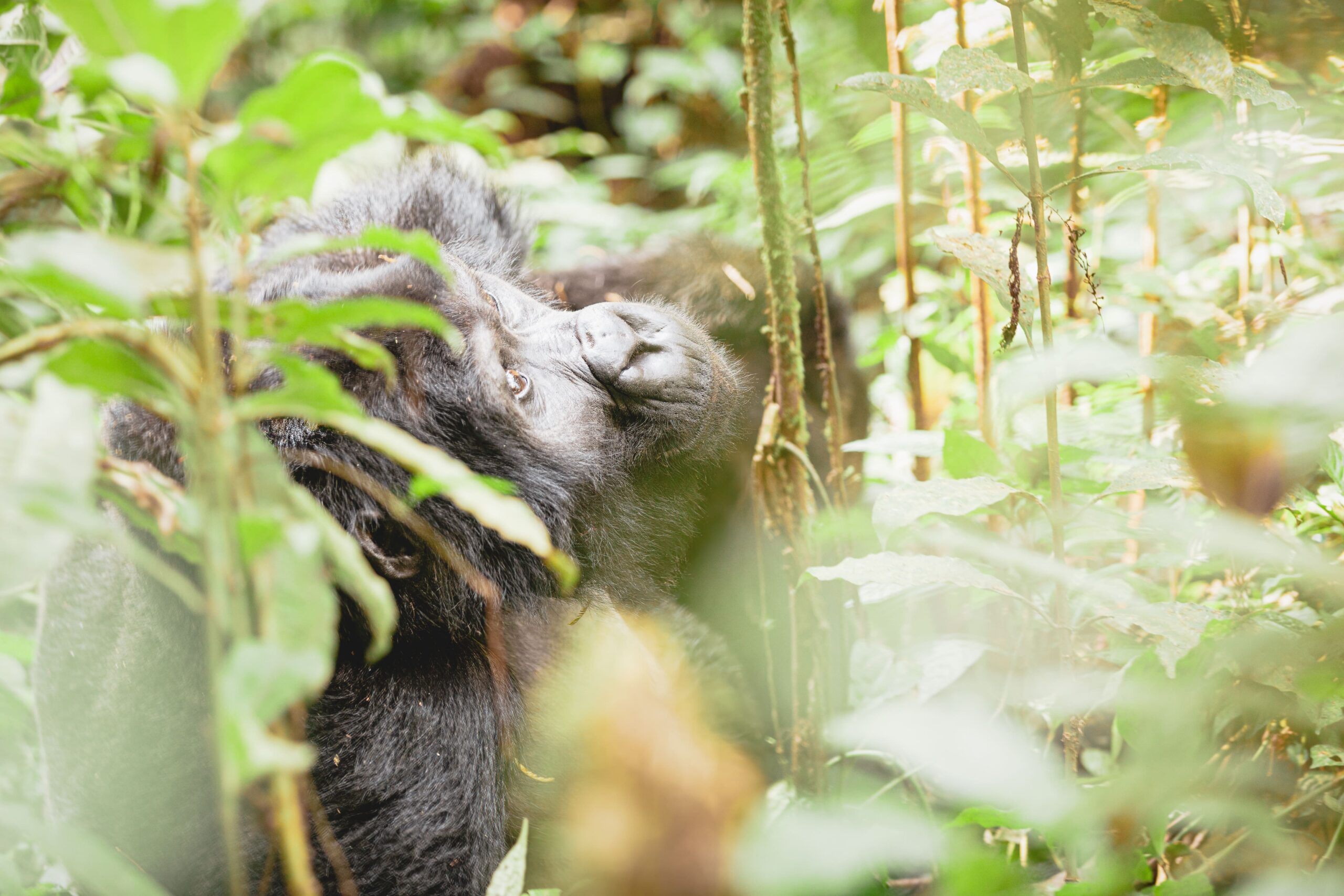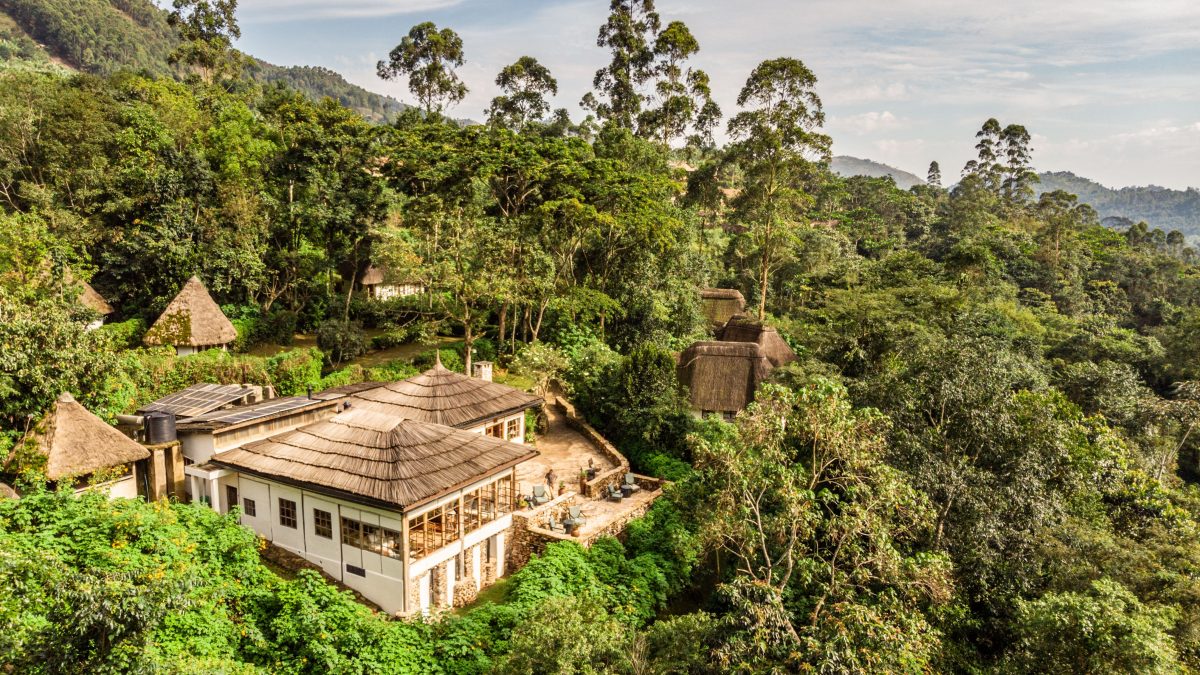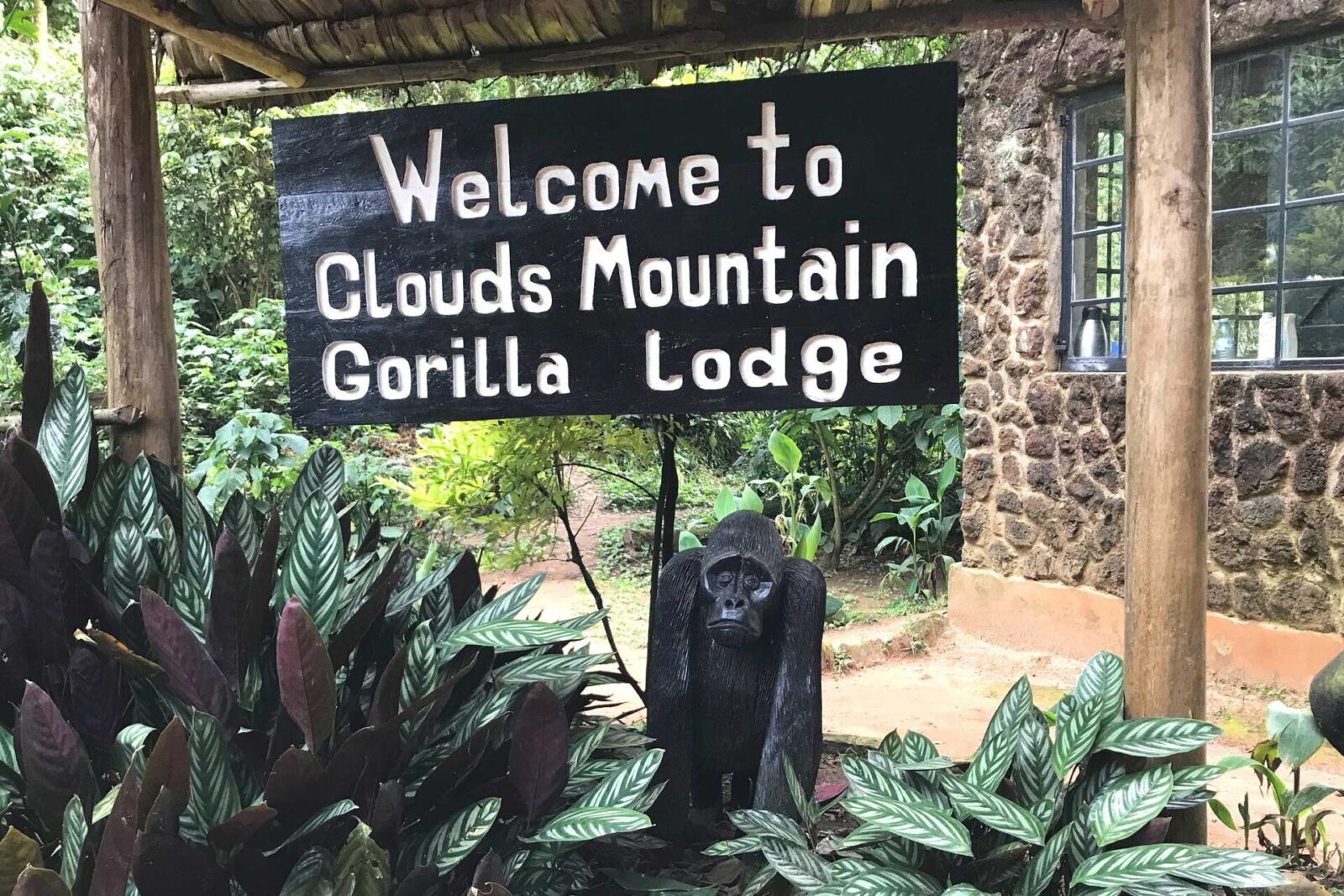Gorilla trekking for seniors is a physically demanding activity that takes you deep into the forested slopes of Volcanoes National Park in Rwanda or Uganda’s Bwindi Impenetrable Forest. While the experience attracts many tourists each year, a growing number of older adults are now seeking ways to participate without compromising their health or safety.
Tour operators in East Africa are responding with more senior-conscious itineraries. They are providing medical support, porter services, and custom trekking briefings. In this article, we examine everything you need to consider before signing up for a gorilla trek later in life.
You may be wondering, “Is it really possible for someone over 65 to do this?”
It is, and with the right guidance, it can be one of the most meaningful wildlife experiences you’ll ever have.
Can Seniors Go Gorilla Trekking?
The interest in gorilla trekking among tourists aged 60 and above has grown steadily over the past decade. Many are retired professionals who are looking for exciting, meaningful experiences.
This shift presents both an opportunity and a practical challenge: how can an activity known for its physical demands accommodate an ageing demographic?
Gorilla trekking in both Uganda and Rwanda has no upper age limit. Permits are available for any participant over the age of 15, regardless of medical history or physical condition.
Each morning, park authorities assign trekking groups based on observed fitness levels. This allows older clients to match with gorilla families that typically reside in closer proximity to trail access points.
In both Bwindi Impenetrable National Park and Volcanoes National Park, these groupings are decided at the ranger briefing stage.
The more decisive factor, however, lies with the tour operator.
Senior-friendly treks often include advance requests for short-distance tracking, the hiring of porters to carry daypacks, and pre-arranged medical support.
A reliable operator will assess the guest’s physical needs well before permit confirmation. This can include itinerary pacing, elevation adjustments, and even location selection between Rwanda’s gentler trails and Uganda’s more varied access routes.
With proper planning, age does not reduce viability.
In fact, rangers frequently report trekkers in their 70s completing routes without difficulty, particularly when walking poles, hydration, and porter assistance are available. Fitness matters, but logistics matter more.
Choosing the Right Gorilla Trek for Seniors
Gorilla trekking is available in two countries: Uganda and Rwanda. Both offer permits, trained rangers, and regulated access to habituated gorilla families.
However, not all trekking experiences are equal. Elevation profiles, forest density, and proximity to gorilla groups differ from one location to another.
For senior guests, choosing the correct location is a matter of physical feasibility.
The goal is to reduce distance, control altitude gain, and ensure support is available on the trail.
A. Uganda: Sector Differences Within Bwindi
Bwindi Impenetrable National Park has four major tracking sectors: Buhoma, Ruhija, Rushaga, and Nkuringo.
The same park, but with four completely different logistical experiences.
Buhoma is the most accessible. Some habituated gorilla families remain within two to three kilometres of the briefing point. Nkuringo, in contrast, involves steep trails and longer ascents. Ruhija and Rushaga vary seasonally, but typically include more rugged terrain than Buhoma.
B. Rwanda: Shorter Treks in Volcanoes National Park
Volcanoes National Park in Rwanda offers shorter trek durations on average.
The park’s topography is more open, with elevation gains that are significant but less prolonged than in Bwindi. Most treks finish within one to three hours.
For guests aged 65 and above, Rwanda often appeals because of its road accessibility, organised park infrastructure, and lower exertion levels.
It also allows shorter transfer times from Kigali, which reduces fatigue before and after the trek.
How Gorilla Family Assignments Are Decided
Each morning, rangers meet trekkers at a central briefing point. There, based on visual assessment, self-declared health, and operator notes, each guest is matched with a gorilla group.
Some families stay near the trailhead. Others move deeper into the forest.
This assignment process matters more than the park itself. Even in a challenging sector, the right group pairing can result in a very manageable trek.
The Operator’s Role in Securing Easier Treks
Operators play a critical role in influencing the day’s outcome. If a guest requires a shorter trek, that request must be submitted in advance, clearly, and in writing.
Park staff do consider age, visible mobility, and stated preferences, but clear communication from the operator improves results.
If you’re planning for a senior guest, coordinate early. Provide detailed context, including age, walking capacity, previous hiking experience, and health notes if relevant.
These small steps often mean the difference between a four-hour hike and a two-hour walk.
Senior-Friendly Safari Lodges and Services
Uganda: Bwindi Impenetrable National Park
Buhoma Lodge (Buhoma Sector)
Located less than a minute’s walk from the UWA briefing point. Morning transfers are therefore not necessary.
Rooms are on level ground and can be accessed via compacted paths. Staff are trained to assist elderly guests, and porters can be arranged directly from reception.
Mahogany Springs Lodge (Buhoma Sector)
Approximately 2 kilometres from the starting point. The lodge features wide terraces, firm stone pathways, and spacious suites. Meals can be scheduled early to accommodate trek timings. Suitable for guests needing privacy, quiet, and dietary accommodations.
Ichumbi Gorilla Lodge (Rushaga Sector)
Close to the Rushaga tracking gate, this lodge offers paved walkways and rooms near reception. Staff regularly assist guests over 60 and can arrange short-transfer vehicles if walking becomes difficult. Hot water is consistently available, important for altitude recovery.
Clouds Mountain Gorilla Lodge (Nkuringo Sector)
Although located in a more elevated zone, Clouds offers personal butler service, fireplace-heated rooms, and senior-adapted walking sticks. It is ideal only for physically fit seniors, but the care standards are high. Advance requests for trek modification are honoured via operator coordination.
Rwanda: Volcanoes National Park
Sabyinyo Silverback Lodge
Positioned just outside Kinigi, this lodge offers the best senior access in the area. All cottages are on solid foundations with gentle steps. Staff can coordinate medical requests, and the main lodge has wheelchair-friendly facilities. Morning transfers to the park gate take less than 10 minutes.
Five Volcanoes Boutique Hotel
Located on the main Musanze–Kinigi road, this hotel has firm-level gardens, senior-accessible suites, and early breakfast arrangements. The staff work with experienced drivers familiar with older guests’ needs. It is best for guests with ages 65 and above.
Bishop’s House Rwanda
Set slightly outside Musanze, the Bishop’s House has ground-level rooms, a serene courtyard, and staff experienced in hosting older tourists. While transfer to the park gate takes about 20 minutes, the property compensates with comfort, warmth, and dietary customisation.
Safety Considerations for Older Adults
1. Altitude, Fatigue, and Physical Risk Factors
Gorilla trekking occurs at elevations between 2,200 and 3,000 metres above sea level. For seniors, this may affect breathing, hydration, and cardiac strain. Some trails are steep and damp, increasing the risk of joint stress or slips.
It is essential to assess pre-existing conditions, particularly hypertension, arthritis, or balance disorders. It is good practice to consult with a physician who is familiar with altitude exertion before committing to the activity.
2. Preventive Health Measures Before Travel
Vaccination against yellow fever is mandatory for entry into Uganda and Rwanda. Additional protection against hepatitis A, typhoid, and tetanus is wise.
Seniors should carry a printed medication list and keep essentials, including prescriptions, in a dry bag during the trek.
Hydration aids, insect repellent, and sun protection are basic but non-negotiable. Acetazolamide can help reduce the impact of altitude, but only under medical guidance.
3. Park Safety Protocols During the Trek
Each trek is led by armed rangers and accompanied by certified trackers. Briefings are conducted before departure to explain how to behave near gorillas and what to do in case of sudden movements.
Visitors are kept at a regulated distance of seven metres from the gorillas. While contact is rare, basic emergency procedures are rehearsed regularly by park staff.
4. Planning Reduces Risk
Inform the organising party of any relevant medical conditions. Trekking groups can be adjusted accordingly. In some parks, sedan-chair services exist for guests unable to walk long distances, though these must be arranged in advance.
Avoid underreporting physical limitations. The system works best when expectations match reality. A slower pace, after all, often results in a more meaningful experience.
Essential Packing List for Senior Trekkers
Clothing: Layered, Protective, and Trek-Ready
- Long-sleeved shirt: Shields against nettles, insects, and sun exposure.
- Waterproof jacket: Afternoon rain is common in Bwindi and Volcanoes, even during the dry season.
- Trekking trousers: Avoid jeans. Choose lightweight, quick-dry fabric with flexibility for climbing.
- Wool or synthetic socks: These reduce friction and wick moisture during long walks.
- Gaiters (optional): Useful for protecting lower legs from mud and biting ants.
READ ALSO: Gorilla Trekking Packing List
Footwear and Mobility Support
- Ankle-high hiking boots: Ensure a strong grip, ankle protection, and water resistance.
- Adjustable walking stick: Provided at park gates, but some guests prefer to bring their own.
- Knee brace (if required): For anyone managing joint instability or previous injury.
- Back support belt (optional): Offers stability when walking uphill or carrying gear.
Health and Medical Essentials
- Prescription medication: Carry twice the amount needed, split across two bags.
- Personal first-aid kit: Include plasters, muscle relief cream, anti-diarrhoeals, and antiseptic wipes.
- Altitude medication (if prescribed): Take only after doctor consultation.
- Insect repellent (DEET-based): Required daily, not optional.
- Hand sanitiser: For trail stops and post-trek hygiene.
Trekking Accessories and Practical Tools
- Daypack with rain cover: Should hold water, medicine, and a camera. Porters can carry it if needed.
- Reusable water bottle: Minimum 2 litres per person. Hydration is critical above 2,000 metres.
- Sun hat and sunglasses: High elevation increases UV intensity.
- Energy snacks: Carry light, high-protein options for slow-release energy.
- Headlamp or small torch: Lodges may experience outages. Flashlights assist with night bathroom visits.
Conclusion
Gorilla trekking is accessible to older adults who prepare carefully and understand the operational realities of the experience.
Uganda and Rwanda both offer support mechanisms suited to seniors, including porter assistance, ranger-led group allocation, and park infrastructure designed for varying levels of mobility.
Planning must consider altitude, trail conditions, and personal health status. A realistic approach to gear, accommodation, and trekking logistics reduces avoidable risk and improves comfort during the activity.
When chosen deliberately and supported by the right resources, gorilla trekking remains a viable option for older participants.
The systems in place accommodate a range of abilities. With informed preparation, the experience can be approached with confidence, rather than concern.
If you are considering it, take the time to review each component of the journey with accuracy and foresight. In this setting, success is not defined by age, but by planning.





Leave a Reply
You must be logged in to post a comment.